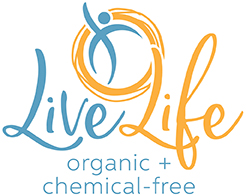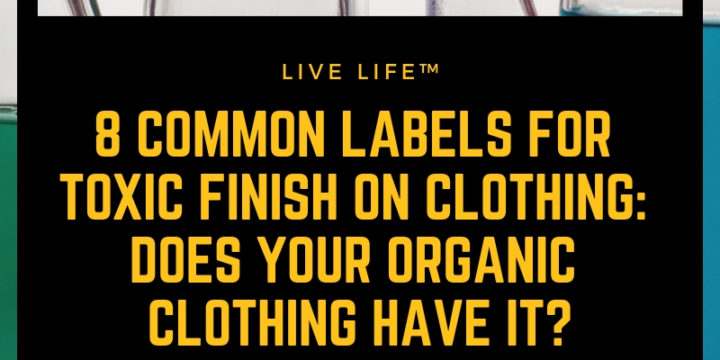
8 Ways to Choose a Shirt with a Nontoxic Design
There are several factors to consider when choosing a nontoxic shirt. Shirt design is one of them. What’s it made of? And is it affecting your health? Want to know which shirt designs could be affecting health and 8 simple ways to choose a shirt with a nontoxic design? Keep reading! What are Shirt Designs Made Of? Shirt designs can be made of a variety of materials. Here are a few of the most popular ones. Vinyl Shirt graphics and pictures can be made of a thin layer of vinyl. Vinyl allows for the design to flex so that the shirt follows your movements, bending when you bend. How to know of your shirt has vinyl: If you run your fingers over the design and feel a texture change (a…


